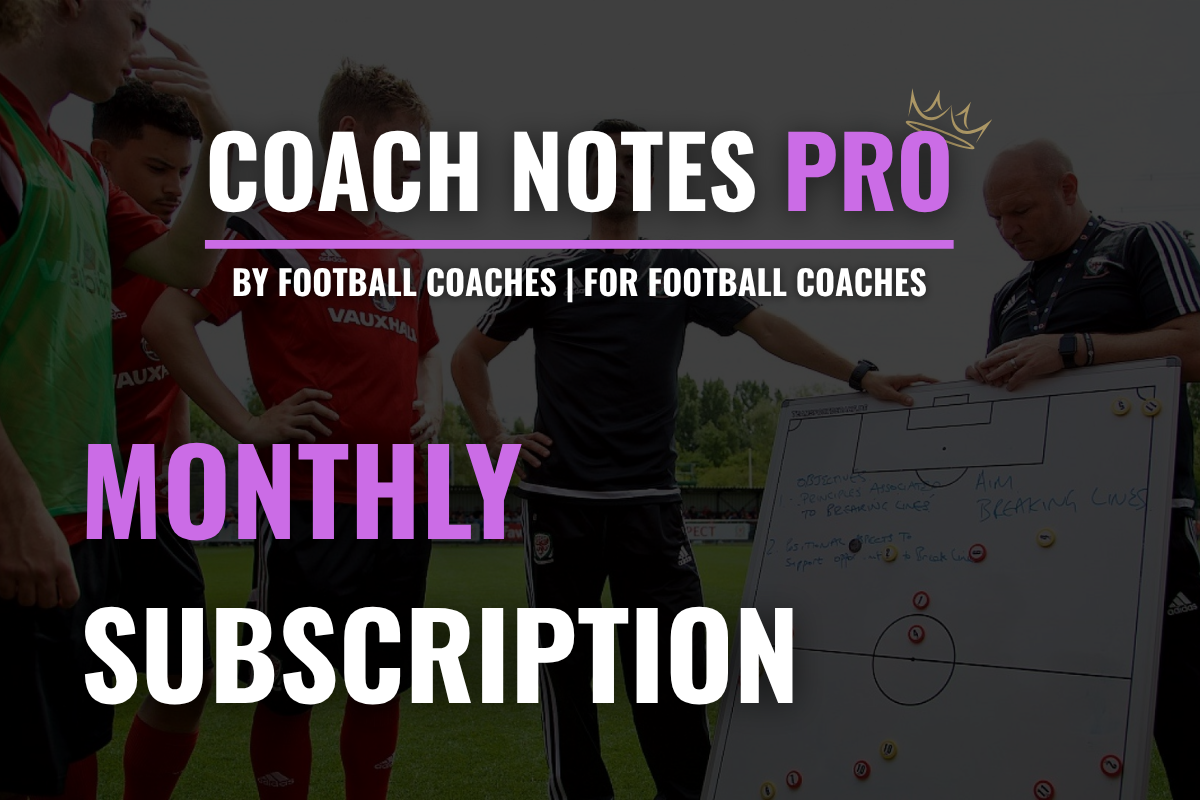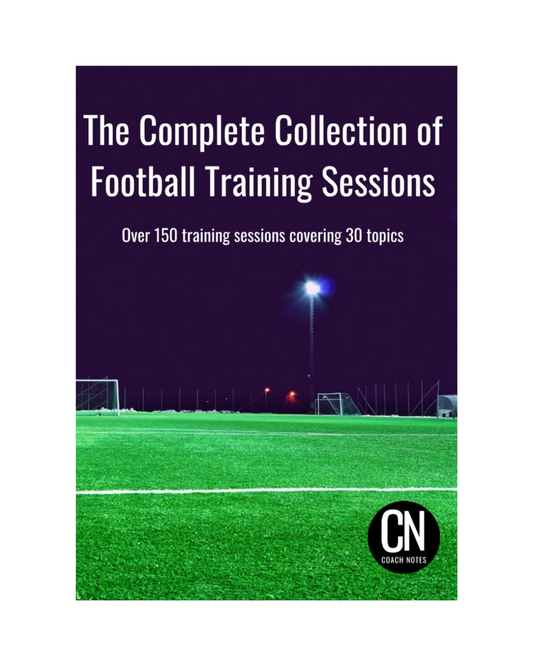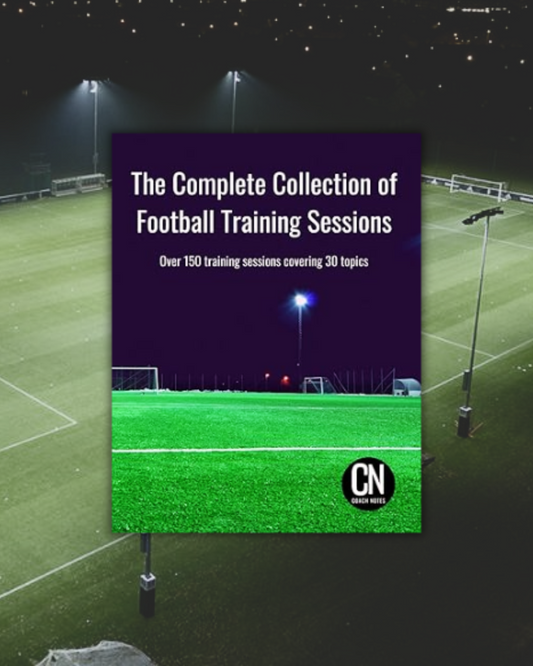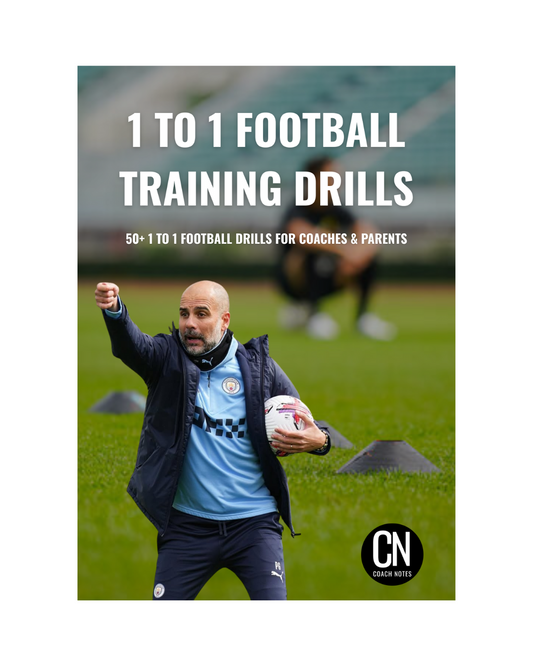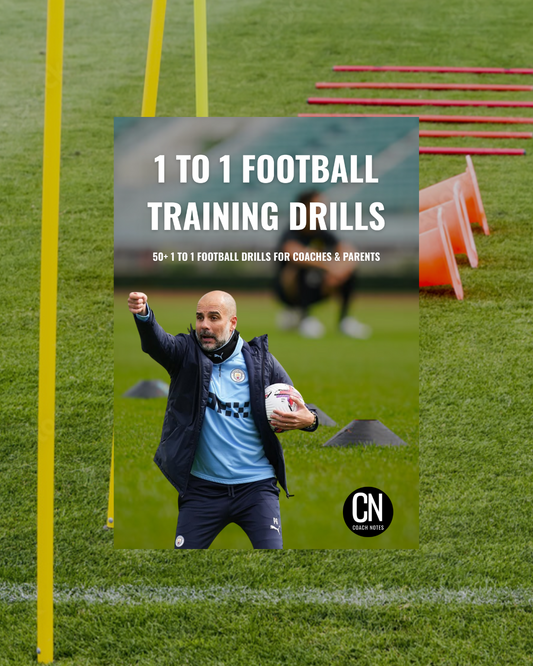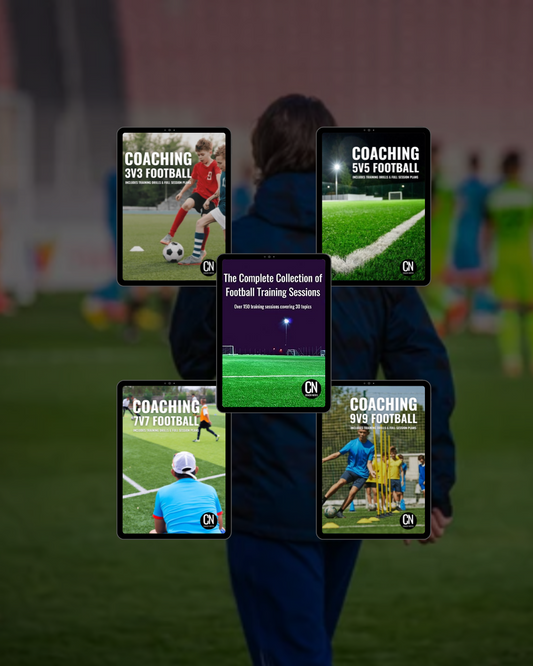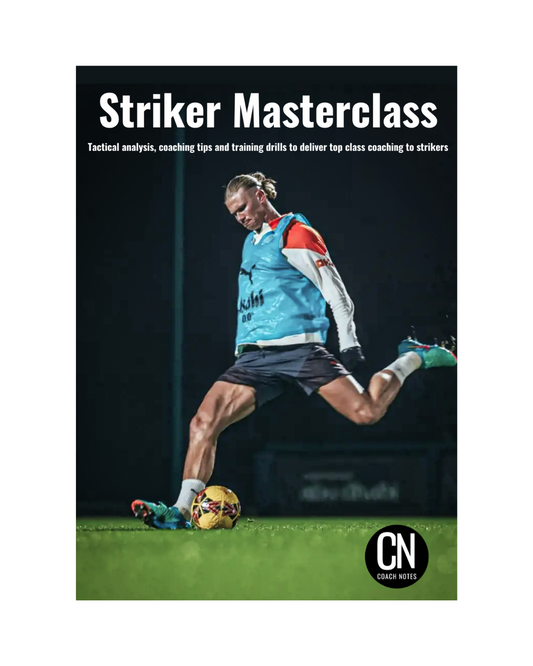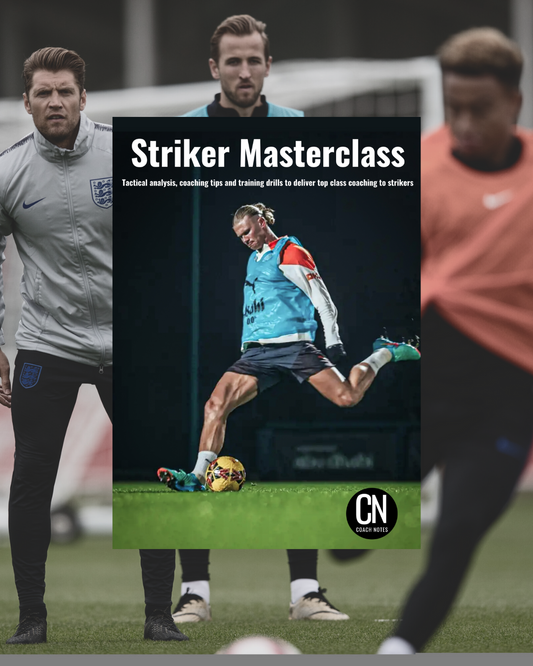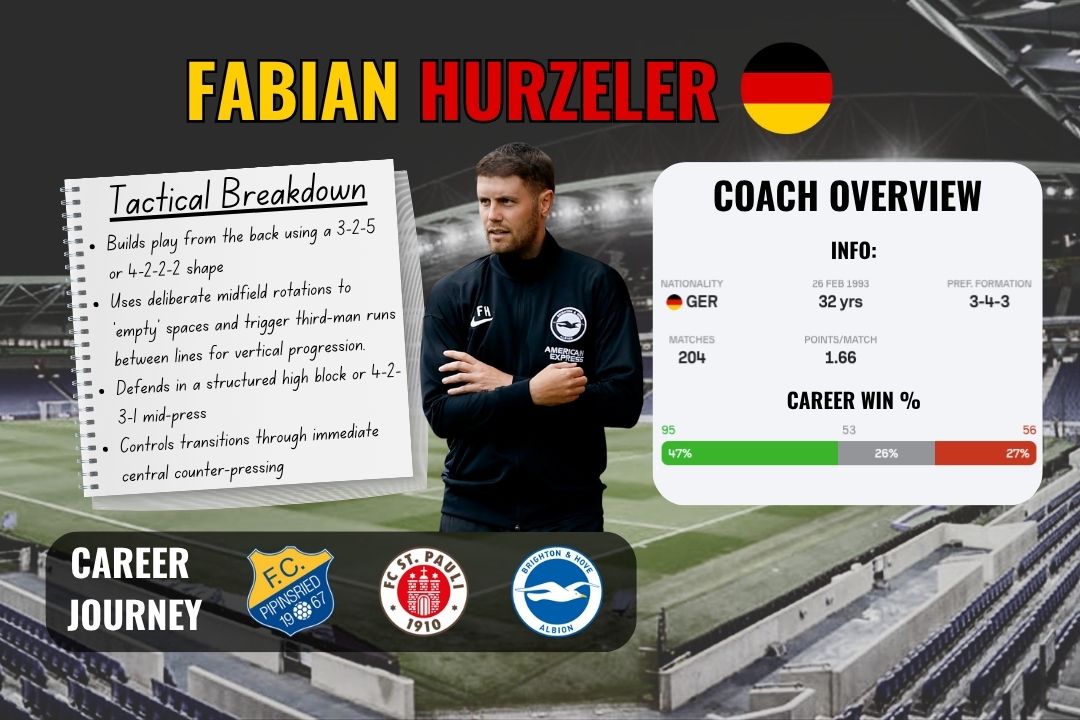
Fabian Hürzeler
Share
👤 Coach Bio
Fabian Hürzeler is one of the most exciting young coaches in European football. At just 31 years old, he became the youngest permanent manager in Premier League history when appointed by Brighton & Hove Albion in 2024. His rise was accelerated by a successful tenure at FC St. Pauli in the 2. Bundesliga, where he led the club to promotion through a possession-based, proactive style that caught the attention of top-level decision-makers.
A former midfielder with dual Swiss-German nationality, Hürzeler cut his teeth in coaching early, working in the German FA youth structure before making his mark as head coach. He is part of a new generation of coaches who blend strong tactical identity with data-led preparation and player-centric development.
⚽️ Playing Philosophy
Hürzeler’s footballing philosophy centres around structured possession, dynamic pressing, and fluid movement. He follows the principles of positional play (similar to Guardiola and De Zerbi), but with his own interpretations shaped by the German school of pressing and transitional control.
His vision is clear: dominate with the ball, dictate opponent behaviour, and counter-press aggressively upon loss of possession. At the core of his philosophy are:
- Positional rotations to create free players
- Patience in build-up combined with vertical intent
- Total control of transitional moments
- Collective intelligence in and out of possession
His Brighton side continues the club’s tradition of high-tempo, technically progressive football, but with increased structural discipline and counter-pressing intensity.
🧩 Style of Play
In Possession
Hürzeler typically uses a 3-2-5 or 4-2-2-2 shape in possession, depending on the phase and opponent structure.
- Build-up Play: Often starts from a back three with a double pivot in front. The goalkeeper is an active part of the build-up, inviting the press to create free men. Hürzeler encourages ‘emptying the midfield’ – drawing central players deep to open space between the lines for advanced rotations.
- Central Progression: Positional rotations allow the ball to move through zones rather than around them. Midfielders vacate space deliberately, triggering third-man runs from the attacking midfielders or wide forwards.
- Final Third Entries: Once through the first two lines, Brighton commit numbers between the lines and around the box. The ball is often recycled from wide areas for a second phase attack or cutback.
This system requires exceptional understanding of time-space relationships, as well as technical security and calmness under pressure.
Out of Possession
Out of possession, Hürzeler’s teams are tactically compact and press with clear intensity.
- Pressing Shape: Usually a 4-2-3-1 or 4-3-3 high block. The forward line presses in lanes, forcing opponents toward the touchline.
- Midfield Compactness: Vertical distances between lines are kept tight. The double pivot drops to screen passing lanes, while wide players invert to block inside passes.
- Pressing Triggers: Cues include backward passes, bouncing balls into isolated players, or poor first touches. Once activated, Brighton engage with 3–4 players in close proximity.
Unlike pure gegenpressing systems, Hürzeler's pressing is more zonal and strategic than chaotic. The goal is to delay, compress, and trap.
Transitional Moments
This is where Hürzeler’s philosophy is particularly advanced for his age.
- Attacking Transitions: When the ball is won, Brighton do not immediately launch long counters. Instead, they seek control – often circulating the ball backwards first to manipulate the opposition’s transition shape before advancing.
- Defensive Transitions: Brighton apply an immediate counter-press in central zones, with the nearest three players tasked with containment. Behind them, the defensive structure is re-established rapidly. Rest defence – usually a 3v2 or 4v3 set-up – is always in place.
These moments are trained rigorously and form the heartbeat of his game model.
🧠 How to Coach Like Fabian Hürzeler
Hürzeler’s coaching methodology blends tactical clarity with player empowerment. His sessions are detailed, game-realistic and consistently structured around his core playing principles.
- Tactical Periodisation: Training cycles revolve around positional play, pressing mechanics, and transition scenarios.
- Positional Games: Rondo variations, overload games, and pattern play are used to instil spatial habits. Players are encouraged to rotate, scan, and play under pressure.
- Video Analysis: Hürzeler relies heavily on data and match footage to guide learning. Each player is given phase-specific clips, including movements with and without the ball.
- Learning Environment: Coaches and analysts work closely with players to co-create understanding, not just impose instructions. Sessions often end with tactical reflections and individual feedback.
He promotes a coaching culture where communication, autonomy, and tactical accountability are central.
👥 Player Profiles
Hürzeler builds teams with flexibility and intelligence in mind. While he values technical ability, he prioritises positional awareness, adaptability, and mental sharpness.
- Goalkeepers: Must be composed and willing to play as a third centre-back in build-up phases.
- Centre-Backs: Comfortable splitting wide, carrying the ball forward, and defending in large spaces.
- Full-Backs/Wing-Backs: Need to invert or overlap depending on the structure. Versatility is key.
- Midfielders: High scanning frequency, quick decision-making, and comfort in both tight spaces and transition.
- Forwards: Able to rotate positions, drop into midfield or run beyond. Pressing intelligence and off-ball work are non-negotiables.
Hürzeler values players who are coachable and can absorb complex game plans without losing instinct.
🔑 Key Takeaways for Coaches
- Use positional games to develop spatial awareness – train players to occupy zones and create overloads through movement, not just passing.
- Coach build-up under pressure – design sessions that challenge players to break pressing lines calmly and deliberately.
- Train structured counter-pressing – teach players when and where to press immediately after losing the ball.
- Encourage midfield rotations to ‘empty space’ – trigger third-man movements by teaching midfielders to vacate areas deliberately.
- Foster a reflective coaching culture – combine tactical instruction with guided discovery and regular feedback.

